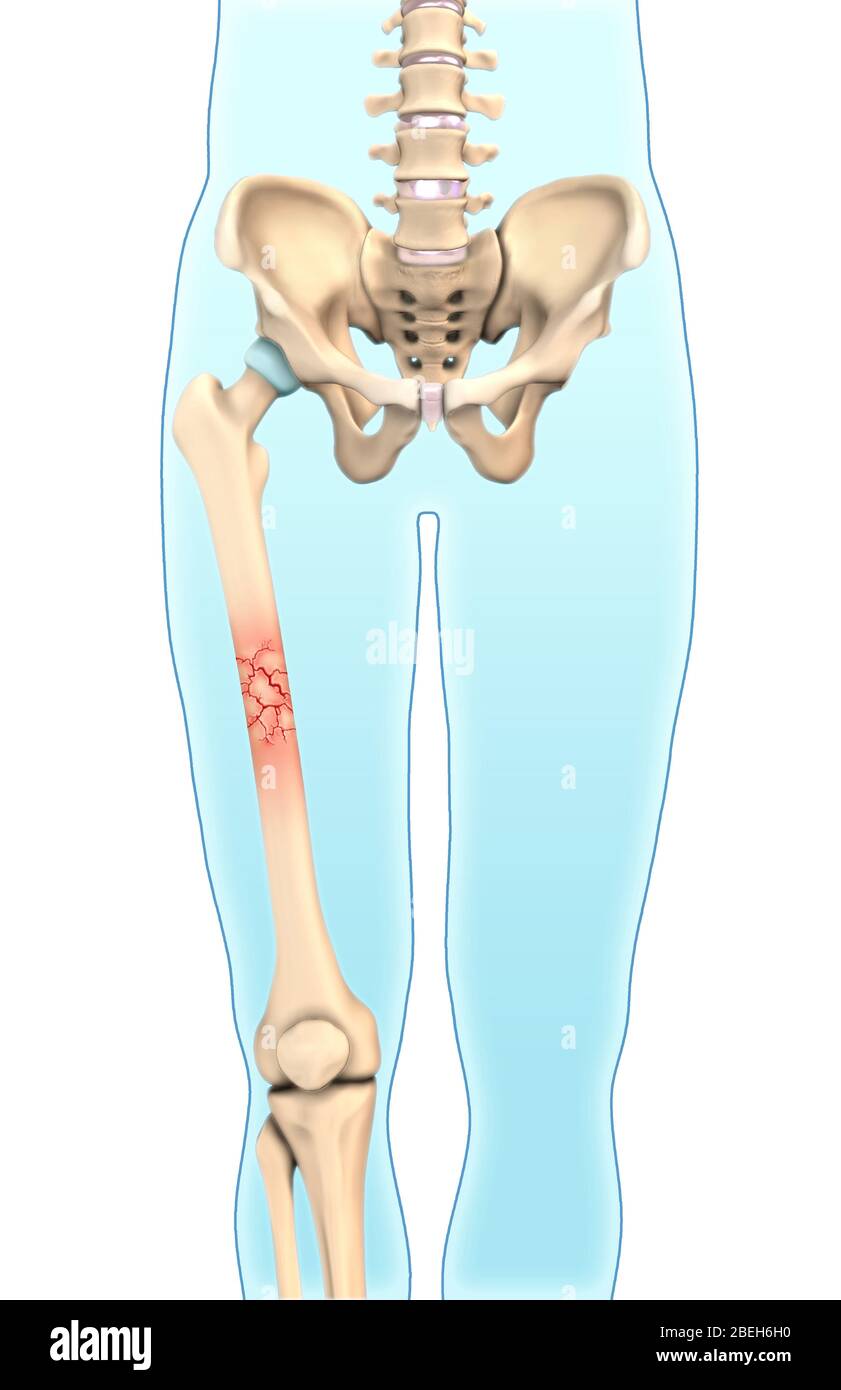

Plain films are not recommended for medial wall fractures as they detect less than 50% of the fractures, give less detail than CT and still utilize radiation. Radiologic studies, generally a CT, would confirm the presence of a medial orbital fracture. wearing protective face and/or eyewear in contact sports and preventing slip and fall injuries, may lower the risk of medial orbital wall fractures. The medial orbit is the thinnest of the orbital walls and is thus rendered more susceptible to fracture.Īvoiding trauma to face or periorbital area, e.g. The buckling theory states that force exerted on the orbital rim transmitted the force to the weaker orbital floor or medial wall causing fracture. The lateral wall and roof are usually thick enough to withstand such a trauma. The hydraulic hypothesis states that the orbital floor and/or medial orbital walls are fractured when there is an increase in orbital pressure with an external impact which leads to increased orbital pressure resulting in a fracture. Most likely it is a combination of these two mechanisms in the majority of cases.

Two theories have been proposed to explain how these fractures occur, the hydraulic or buckling mechanisms. Medial orbital wall blow out fractures, by definition is a pure internal fracture confined to the orbital wall without involvement of orbital rim. Others types of fractures include the hinge fracture, blow in fracture, and the trapdoor fracture. In comminuted fractures, the most common type, bone fragments and intraorbital contents (e.g.extraocular muscle, fat or soft tissue) may herniate into the ethmoidal sinus. Medial wall fractures are usually caused by blunt injury at mid face to the orbital rim and/or eye. Some hypothesize that some ethnic groups may be anatomically predisposed to these fractures and fracture patterns differ by age due to the facial development and pneumatization of the sinuses. High risk activities include contact sports. As with most trauma, males outnumber females. People with injuries to the head, eye and/or periorbital area may suffer from an orbital fracture. In addition, there may also be associated frontal, nasoethmoidal and maxillary fractures.

Medial wall fractures are less common in isolation and more often occur with a floor fracture or as part of a complex fracture. The condition can result from traffic accidents, sports activities, violence or fall injuries. Fractures of the medial orbital wall most often result from blunt trauma to the periorbital area.


 0 kommentar(er)
0 kommentar(er)
